Spanish Travel and Tourism Services
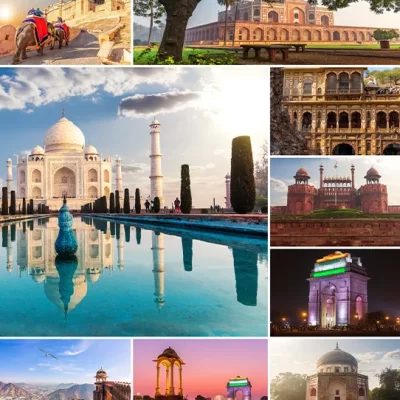
Your Trusted Spanish Guide for Incredible India Journeys
At the heart of every unforgettable journey is a guide who speaks your language — both literally and culturally. Our Spanish Guru is a dedicated interpreter and travel companion who bridges the gap between Spain and India. Fluent in both Spanish and local Indian languages, the Spanish Guru not only helps with communication but also enriches your travel experience with deep cultural insights.
Whether you’re admiring the intricate carvings at Khajuraho, marveling at the architecture of Mysore Palace, or understanding the spiritual significance of the Ganga Aarti in Varanasi, your Spanish Guru will be by your side. They provide context, translate conversations, and ensure you never miss the meaning behind the magic.
Taj Mahal – Agra, Uttar Pradesh
The Taj Mahal, one of the Seven Wonders of the World, stands as a symbol of eternal love in Agra. Built by Emperor Shah Jahan for his beloved wife Mumtaz Mahal, its white marble façade glows in the changing light of the day. This UNESCO World Heritage Site mesmerizes visitors with its perfect symmetry, intricate carvings, and peaceful ambiance along the Yamuna River. The lush gardens and reflecting pool add to its serene beauty. Millions visit every year to witness this timeless piece of Mughal architecture. It’s not just a monument, but an unforgettable experience of India’s rich past.

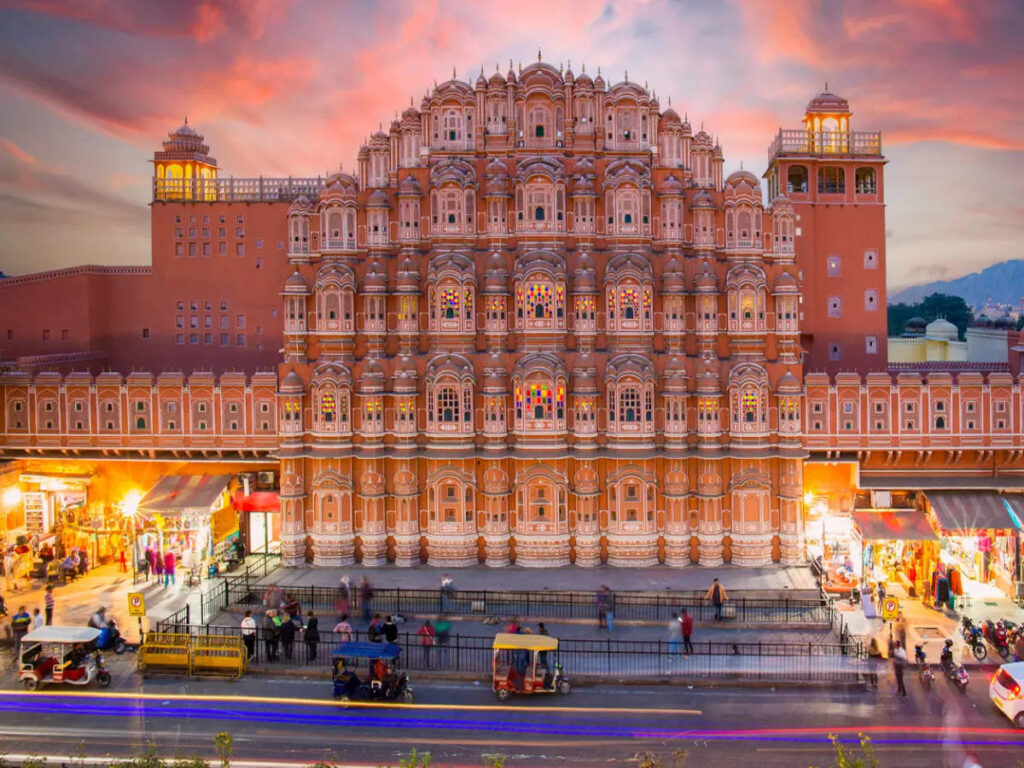
Jaipur – Rajasthan (The Pink City)
Jaipur, famously known as the Pink City, is a vibrant blend of history, culture, and architecture. Its grand forts like Amber Fort and palaces like City Palace reflect the royal heritage of Rajasthan. The Hawa Mahal with its intricate windows is an architectural gem and a major tourist attraction. Bazaars overflow with colorful textiles, jewelry, and handicrafts that attract shoppers worldwide. Traditional Rajasthani cuisine and folk performances enrich the experience. As part of India’s Golden Triangle, Jaipur offers a majestic gateway into the heart of Rajasthan.
Golden Temple – Amritsar, Punjab
The Golden Temple, also known as Harmandir Sahib, is the spiritual center for Sikhs and a symbol of peace. With its golden dome and shimmering reflection in the sacred Amrit Sarovar lake, it welcomes people of all faiths. The temple complex is always alive with prayer, devotion, and the aroma of langar – a free community meal served daily to thousands. The serene energy of the place leaves visitors with a deep sense of calm and connection. At night, the temple glows magnificently, offering a divine sight. It’s not only a religious site but a place of unity, humility, and service.
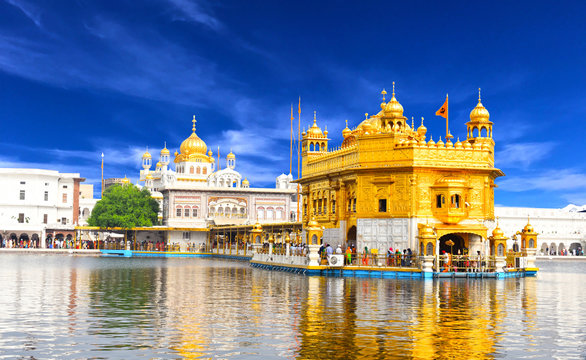
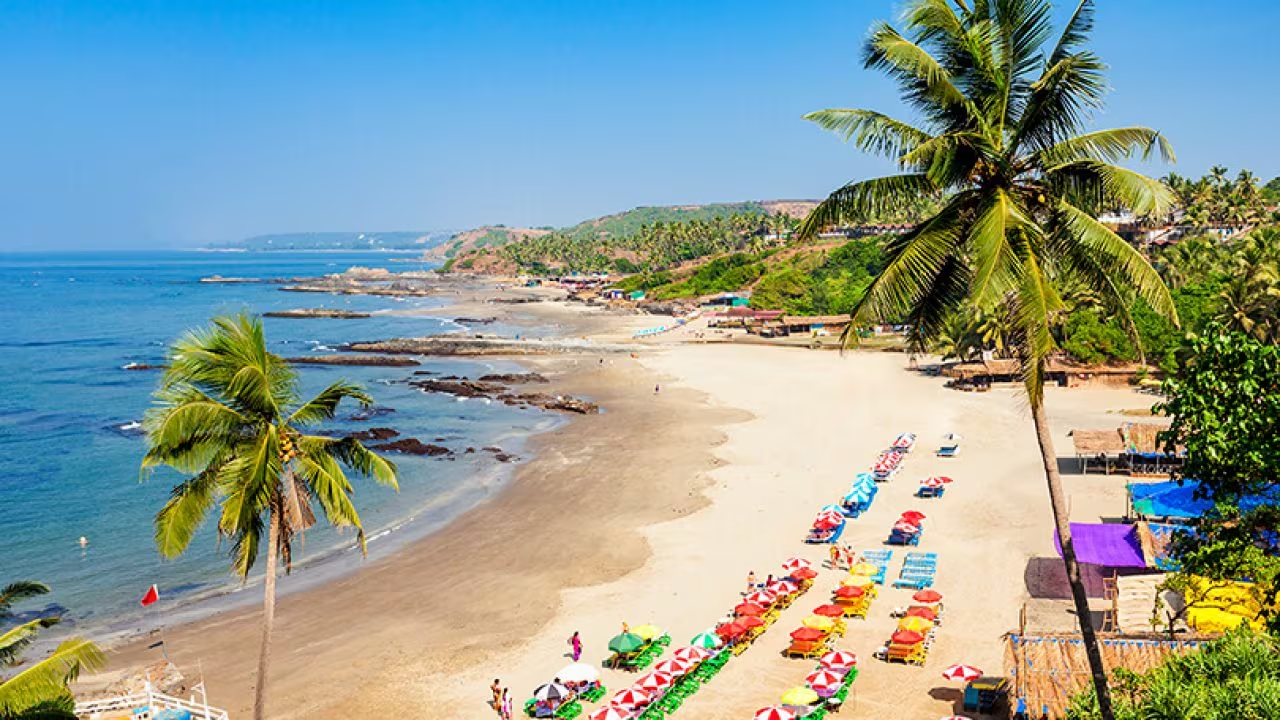
Goa Beaches – Goa
Goa is a coastal haven known for its stunning beaches, relaxed lifestyle, and vibrant nightlife. Beaches like Baga, Anjuna, and Palolem offer everything from water sports to yoga retreats. The Portuguese colonial architecture and churches, such as Basilica of Bom Jesus, add historic charm. Tourists flock here for seafood, local markets, and beach parties under the stars. Whether it’s a romantic getaway or a solo trip, Goa’s mix of serenity and excitement caters to all. Its unique culture, music, and tropical ambiance make it a must-visit destination.
Varanasi – Uttar Pradesh
Varanasi is one of the world’s oldest living cities and a sacred center for Hinduism. Situated on the banks of the Ganges River, it’s a place where pilgrims come to cleanse their souls and honor the cycle of life and death. The mystical evening Ganga Aarti at Dashashwamedh Ghat is a spiritual experience not to be missed. The city’s narrow lanes are filled with ancient temples, incense, and chanting, creating a divine atmosphere. Cultural and spiritual seekers find deep meaning here. Varanasi is the beating spiritual heart of India, timeless and transformative.
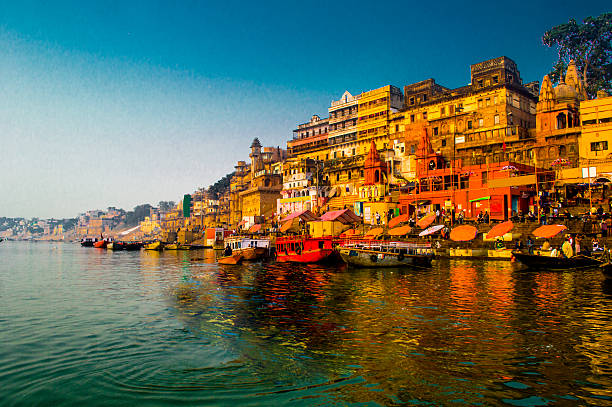

Meenakshi Amman Temple – Madurai, Tamil Nadu
The Meenakshi Amman Temple in Madurai is a masterpiece of Dravidian architecture and spiritual devotion. Its towering gopurams (gateways) are adorned with thousands of vibrant sculptures depicting gods, demons, and mythical creatures. The temple complex is a sacred space dedicated to Goddess Meenakshi and Lord Sundareswarar. Devotees and tourists are awestruck by its grandeur and intricate carvings. Festivals like Meenakshi Thirukalyanam bring the temple to life with processions and rituals. It is not only a place of worship but a vibrant center of Tamil heritage and art.
Mysore Palace – Mysuru, Karnataka
Mysore Palace, an architectural marvel, is one of the most visited palaces in India. Blending Hindu, Muslim, Rajput, and Gothic styles, the palace is a grand symbol of the Wodeyar dynasty. The interiors dazzle with stained glass, mirrors, and ornate carvings. Every Sunday and during Dussehra, the palace is illuminated with thousands of bulbs, creating a fairy-tale ambiance. Visitors can explore royal halls, courtyards, and a rich collection of art and artifacts. Mysore Palace stands as a proud reminder of India’s regal past.
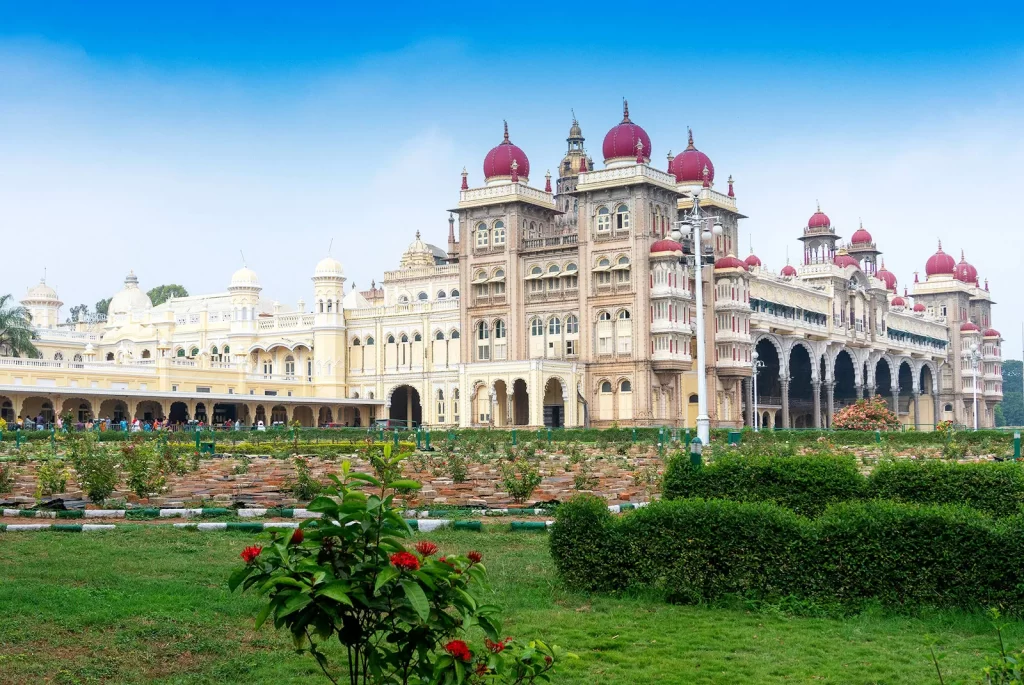
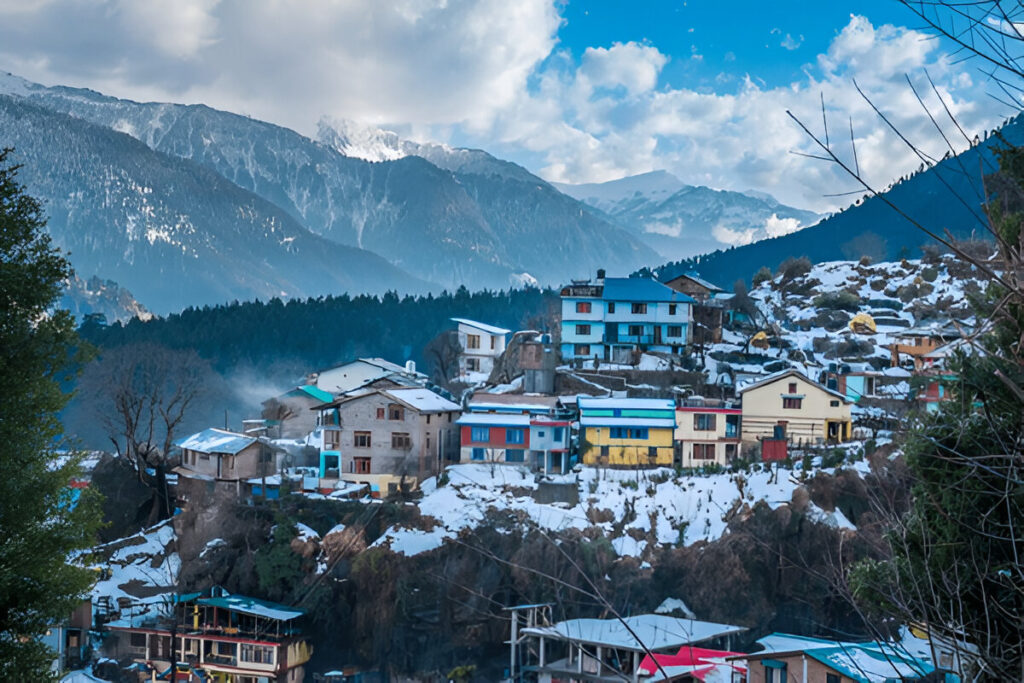
Manali – Himachal Pradesh
Manali is a picturesque hill station nestled in the Himalayas, ideal for nature lovers and adventure seekers. Surrounded by snow-capped peaks, apple orchards, and pine forests, it offers year-round beauty. Tourists flock here for skiing, paragliding, river rafting, and trekking. The nearby Solang Valley and Rohtang Pass add to the thrill and scenery. Manali is also a spiritual retreat with temples and peaceful spots like the Hadimba Devi Temple. Whether you’re looking for relaxation or adrenaline, Manali has it all.
Kerala Backwaters – Alleppey & Kumarakom, Kerala
The Kerala Backwaters offer a unique travel experience through serene canals, rivers, and lagoons. Cruising on a traditional houseboat through palm-fringed waters is both relaxing and scenic. Life along the backwaters is peaceful and slow, offering a glimpse into village life. Bird watchers and nature lovers will find plenty to admire. The region is also rich in Ayurvedic wellness and local cuisine. It’s a romantic escape and a soulful journey into India’s tropical beauty.
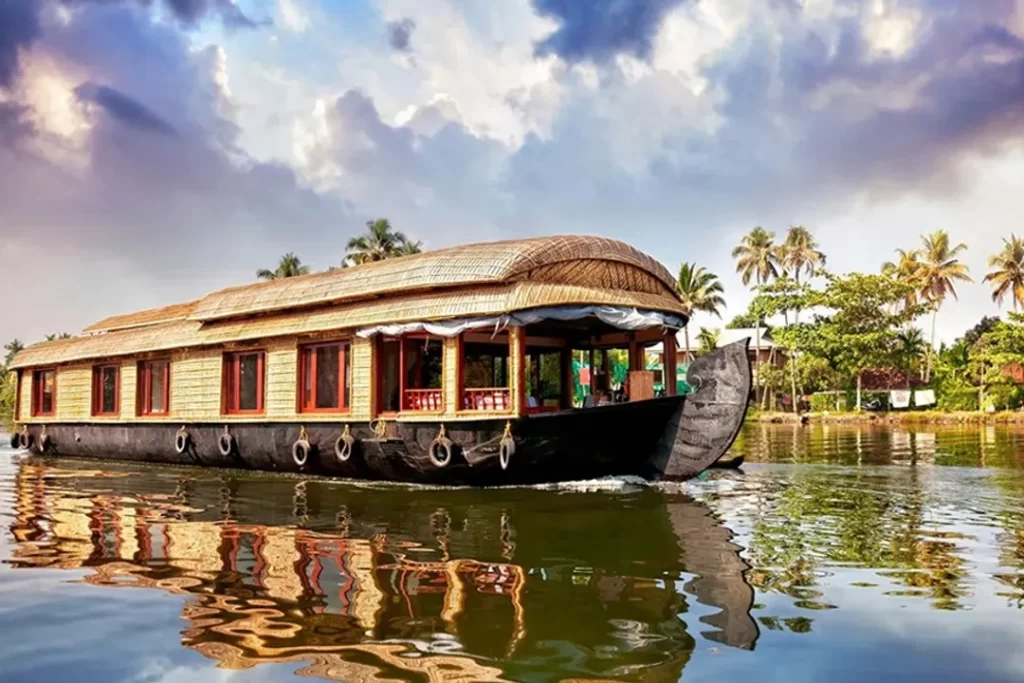
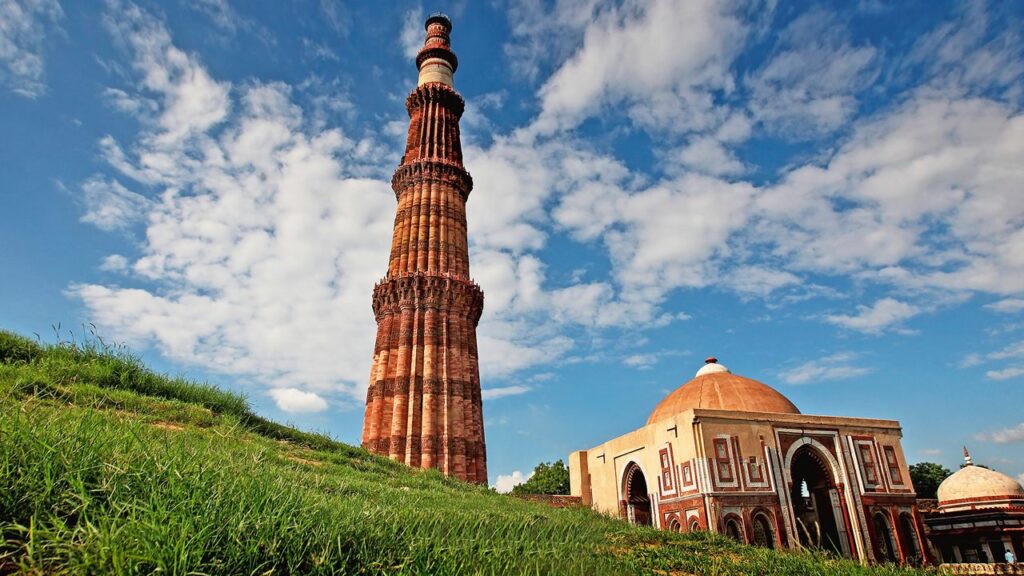
Qutub Minar – Delhi
Qutub Minar, a UNESCO World Heritage Site in Delhi, is the tallest brick minaret in the world and a fine example of Indo-Islamic architecture. Built in the 12th century by Qutb-ud-din Aibak, it stands 73 meters tall with intricate carvings and verses from the Quran. The surrounding Qutub Complex features other historical monuments, including the Iron Pillar, known for its rust-resistant properties. The minaret’s red sandstone construction, balconies, and detailed inscriptions attract history enthusiasts and photographers alike. It offers a fascinating glimpse into the early days of the Delhi Sultanate. Qutub Minar is a must-visit for those exploring India’s architectural and cultural legacy.
